pine vs cedar for raised bed
rersoap
18 years ago
Featured Answer
Comments (14)
dazzlemewithcolor
18 years agorersoap
18 years agoRelated Professionals
Middle Island Landscape Architects & Landscape Designers · Waterbury Landscape Contractors · Clearlake Landscape Contractors · Euclid Landscape Contractors · Oak Forest Landscape Contractors · Rockville Landscape Contractors · Soddy Daisy Landscape Contractors · St. Louis Landscape Contractors · West Palm Beach Landscape Contractors · Hawaiian Gardens Fence Contractors · Huntington Beach Fence Contractors · King City Fence Contractors · Markham Fence Contractors · Sandy Springs Fence Contractors · La Verne Fence Contractorsdazzlemewithcolor
18 years agorersoap
18 years agodazzlemewithcolor
18 years agorersoap
18 years agoRiff
18 years agofranktank232
17 years agodonb946
17 years agofrench55563
12 years agoinlikeflint
12 years agoNewmedia
9 years agoHighspire Plumbing and Electrical
8 years ago
Related Stories

FARM YOUR YARDHow to Build a Raised Bed for Your Veggies and Plants
Whether you’re farming your parking strip or beautifying your backyard, a planting box you make yourself can come in mighty handy
Full Story
GARDENING AND LANDSCAPINGBuild a Raised Bed to Elevate Your Garden
A bounty of homegrown vegetables is easier than you think with a DIY raised garden bed to house just the right mix of soils
Full Story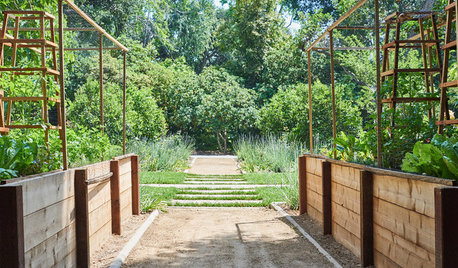
EDIBLE GARDENS7 Tips to Ensure Success With Raised Bed Gardening
Raised bed gardening is a favorite for edible plants. Here’s how to get it right
Full Story
GARDENING GUIDES8 Materials for Raised Garden Beds
Get the dirt on classic and new options for raised vegetable and plant beds, to get the most from your year-round garden
Full Story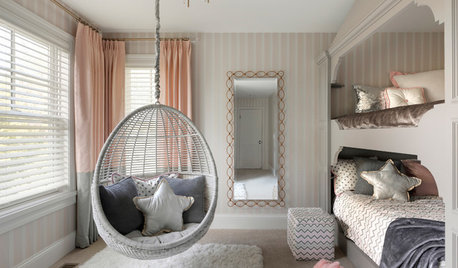
KIDS’ SPACESBunk Beds and Built-Ins Trending in Kids’ Rooms in Summer 2018
Playful, tucked-away custom features are all the rage in the kids’ room photos Houzz users saved most in recent months
Full Story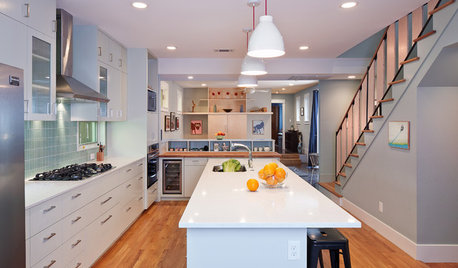
HOUZZ TOURSHouzz Tour: A Radical Reconstruction Raises an Austin Home
With a new second floor and some room swapping downstairs, this 1935 Texas bungalow now fits an architect and his family beautifully
Full Story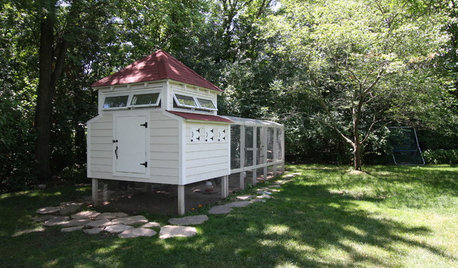
FARM YOUR YARDRaise the Roost: You Won’t Believe These Next-Level Chicken Coops
With designs as fresh as the eggs they house, these 8 creative coops are worth crowing about
Full Story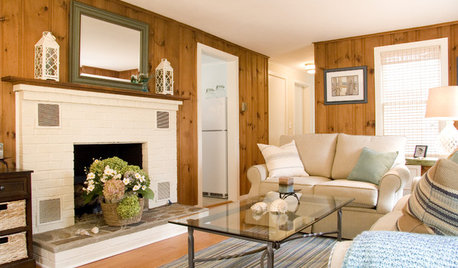
WALL TREATMENTSThese Are Not Your Grandfather’s Pine Walls
The knotty look went from popular to pariah in years past, but today’s designers are finding new and stylish ways to embrace it
Full Story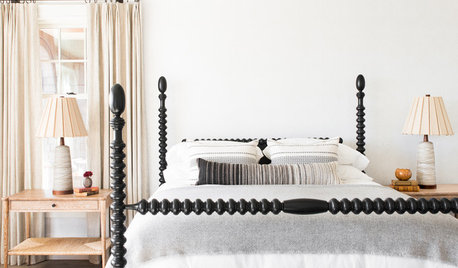
FURNITUREHow to Buy a Bed Frame
Before shopping for a bed, consider your space, style and how you want your bed frame to support your mattress
Full Story
GREAT HOME PROJECTSHow to Add a Murphy Bed
Make a single room serve multiple purposes with a convenient foldaway bed
Full Story





Riff